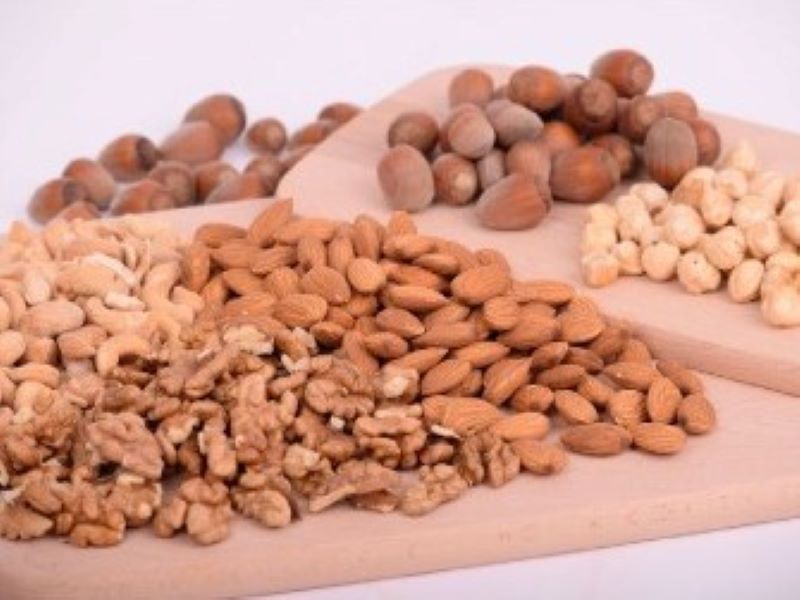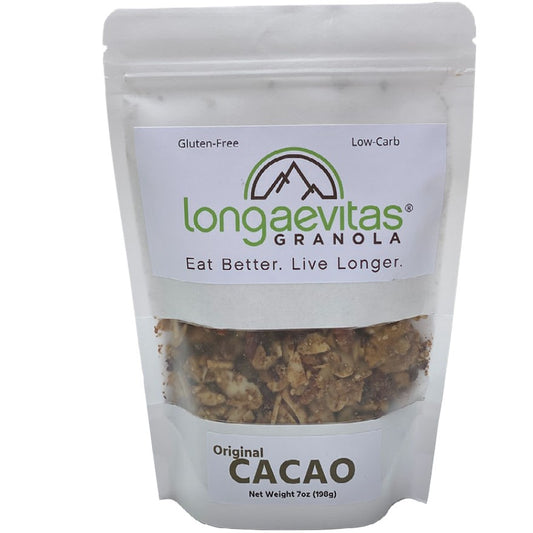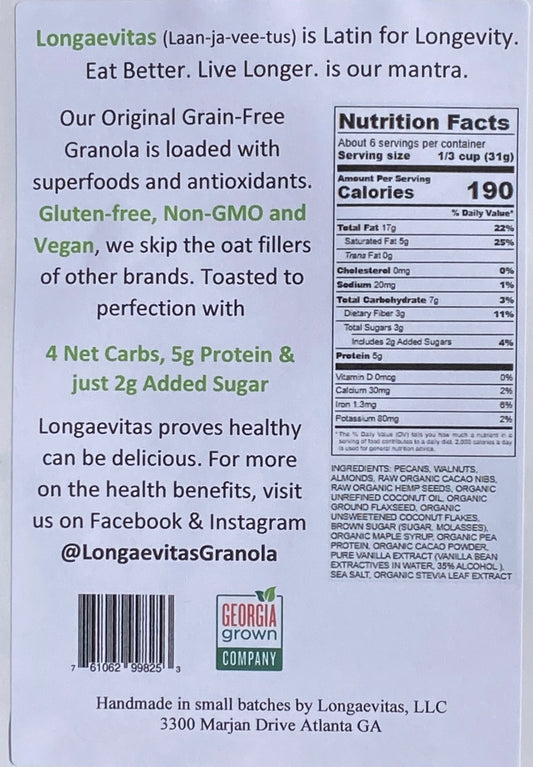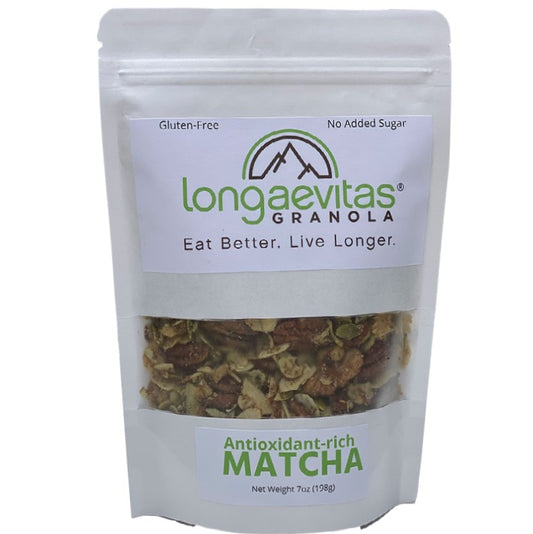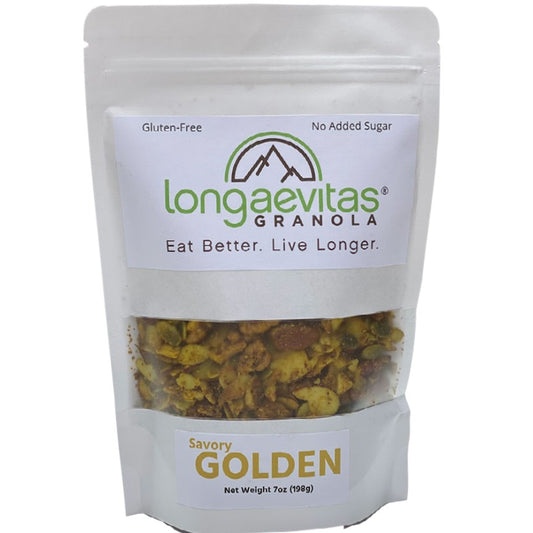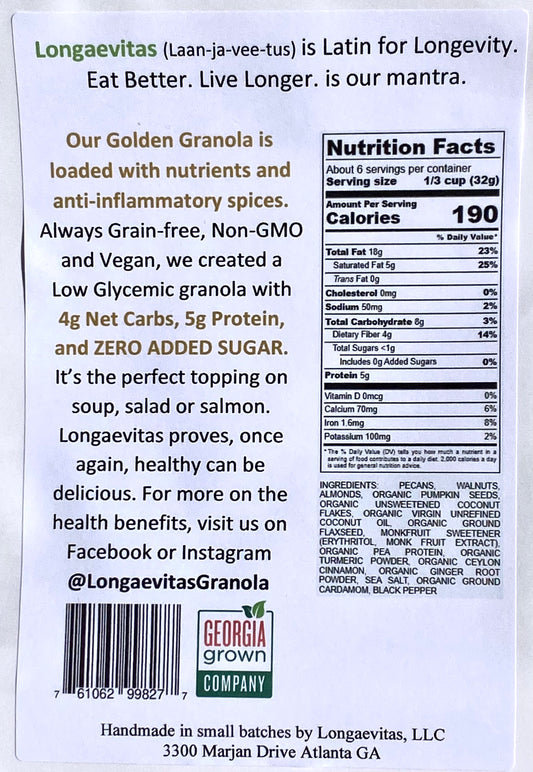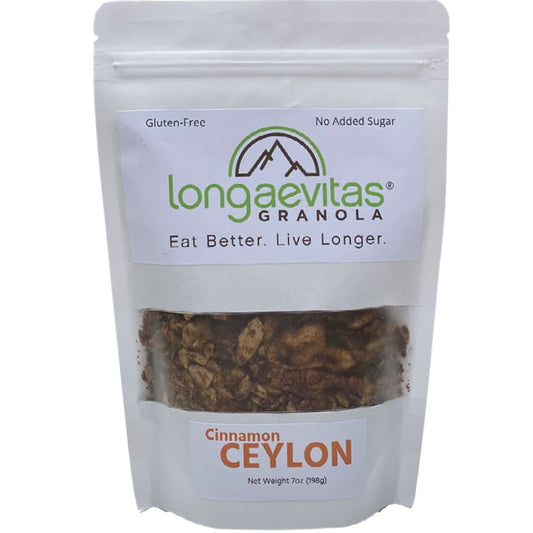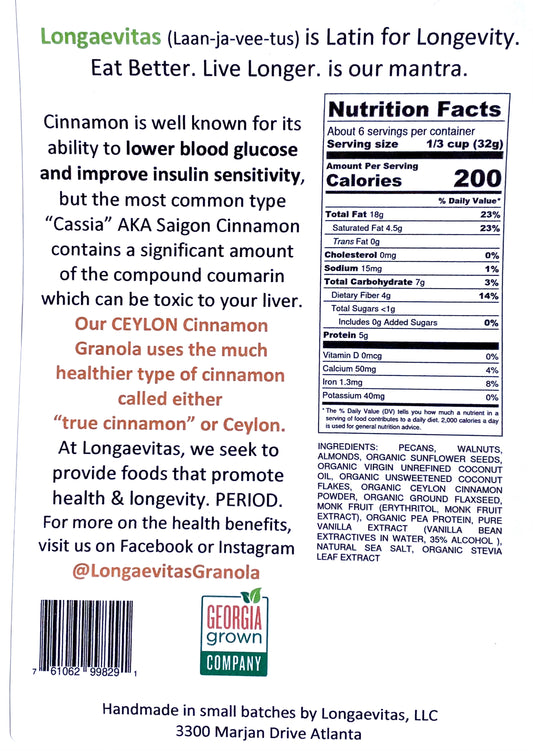“The fiber in food is perhaps the most important nutrient for health, because it singlehandedly protects the liver and feeds the gut…”
-Robert H. Lustig, MD
“Metabolical, The Lure and the Lies of Processed Food, Nutrition, and Modern Medicine”
Fiber: It’s Not Just For That...
Most people think fiber is good for one thing and one thing only: keeping you regular. But that’s not even the half of it.
For starters, there are two kinds of fiber: soluble & insoluble. One of the benefits of insoluble fiber is its ability to keep things along your digestive tract moving along, but even insoluble fiber does more than that because it also cleans the colon, by sloughing off old dead cells that might otherwise lead to colon cancer. That’s a pretty big bonus.
How Fiber Works
The two types of fiber work together to form a gel that reduces the rate of absorption of simple sugars like and fructose (fruit sugar). By doing so, they serve to prevent the liver from turning any excess amounts into fat. Wow! It’s right there in black and white: Fat doesn’t make you fat; excess carbs and sugar do.
What’s the deal with Net Carbs?
Anyone on Keto knows that you can subtract fiber from the carbohydrate count to get Net Carbs. The reason for that is fiber, while itself a carbohydrate, is indigestible so it won’t break down into glucose like other carbs. Because it’s indigestible, you might be thinking, who needs it? Well as you will see, we all do.
Fiber’s Effect on Insulin
By slowing the rate of absorption, fiber helps to reduce blood sugar spikes and hence an insulin response. More fiber means a lower glycemic load.This is why eating whole fruit is far better than drinking fruit juice. In juice, all the insoluble fiber is gone and that allows the fructose to get into the blood that much quicker. BTW: When it comes to GL, applesauce is more akin to juice than it is to the apple itself #DitchTheJuiceBoxes (provide link to other blog article Why Glycemic Load Matters)
Gut health
The good bacteria in your gut feed on fiber. The bad bacteria feed on sugar. If you’re not feeding the good bacteria, you allow the bad bacteria to proliferate. It’s little wonder then, that a high-carb diet wreaks havoc on your microbiome. On the plus side, you can quickly alter the microbiome within a couple of days by adopting a high-fiber diet.
Because fiber transports food through your intestine faster, it also means your brain will receive a signal that you're full sooner. That’s a signal that gets delayed with ultra processed foods leading to over consumption. #EatRealFood
Soluble Fiber
This is the type of fiber that feeds the bacteria in your large intestine.
Insoluble Fiber
This is the type that works to clean the colon including removing old dead cells
Good sources of insoluble fiber include spinach, kale, beans, green peas, apples, carrots, cauliflower, blackberries, raspberries and nuts (especially almonds.) All Longaevitas products are loaded with nuts.
How Much Fiber Do We Need?
Women should try to eat at least 21 to 25 grams of fiber a day, while men should aim for 30 to 38 grams a day. Add up how much fiber you had today. Chances are you’re not getting enough. The good news is there are plenty of good sources of fiber that are easy to add to your diet e.g. a single avocado has 13g of fiber. That’s a great start.
Good Sources of Fiber
Avocados
Brussel Sprouts
Broccoli
Black Beans
Flaxseed
Hempseed
Pumpkin Seeds
Sunflower Seeds
Almonds
Walnuts
Pecans.
Spinach
Kale
Cauliflower
Blackberries
Raspberries
Pecans, walnuts and almonds as well as flaxseed are common to all Longaevitas Granola products. Sunflower seeds are found in our Cinnamon CEYLON Granola as well as our Seasonal Gingerbread Granola. Hempseed is found in our Original CACAO Granola while Pumpkin Seeds are found in our Savory GOLDEN, Antioxidant-rich MATCHA and our Seasonal PUMPKIN Spice Granolas.
For recipes that can help you increase your fiber intake, see Recipes

